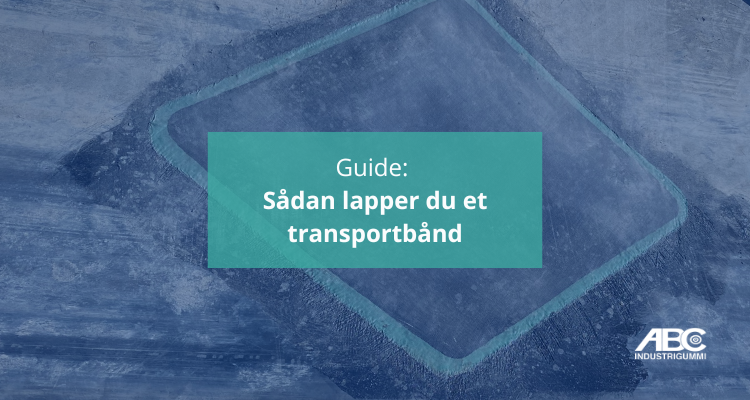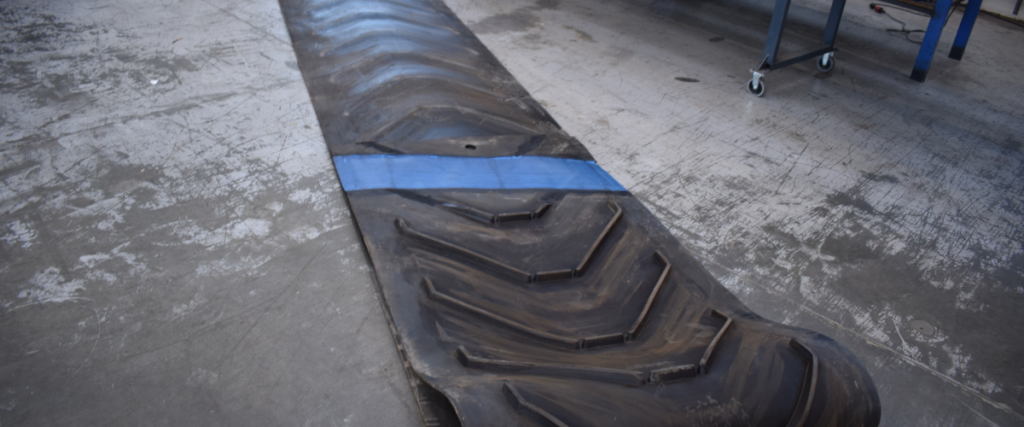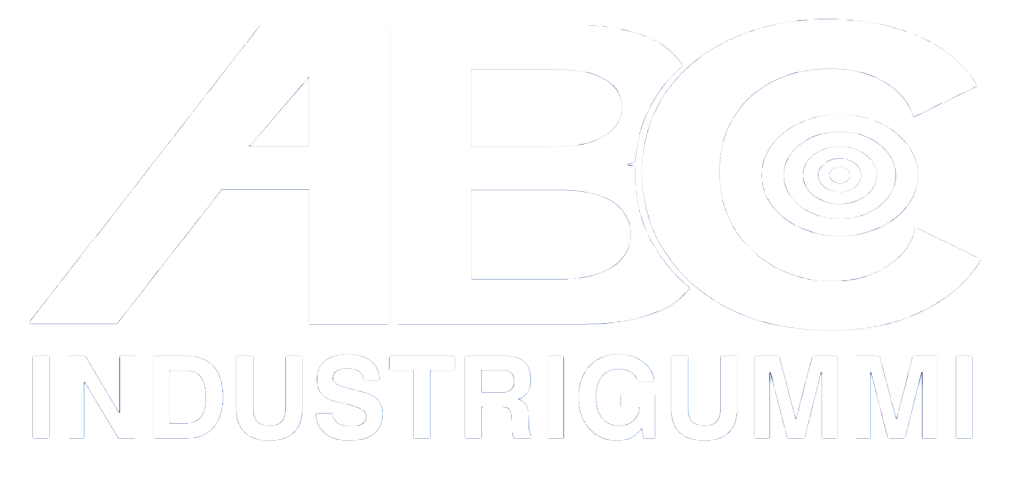

Conveyor belts are an indispensable part of many industrial and manufacturing companies, but they are also subject to wear and tear and damage that can lead to unforeseen downtime and high repair costs. In this post, we review the five most common conveyor belt damages, why they occur, how best to avoid them, and how they can be repaired if the damage has already occurred.
Why does this happen?
Cracks and tears often occur as a result of sharp objects on the belt, overloading or improper installation of the conveyor belt.
How do you avoid it?
How is the damage repaired?
Small cracks can be repaired with our belt repair kit, while larger damage may require belt replacement or professional repair.
Why does this happen?
Misalignment occurs when the belt does not run correctly on the rollers, often due to warped or worn drums and rollers.
How do you avoid it?
How is the damage repaired?
Misalignment can be corrected by adjusting the drums and replacing worn rollers. We and our adjustment tool can help with a quick and effective solution.
Why does this happen?
Wear on the edges of the belt typically occurs when the belt is misaligned or comes into contact with fixed components.
How do you avoid it?
How is the damage repaired?
Minor wear can be repaired with our edge reinforcements, while serious damage requires replacement of the belt.
Why does this happen?
Over time, rollers and drums wear down, often due to lack of maintenance or exposure to dust and dirt.
How do you avoid it?
How is the damage repaired?
Replace worn or damaged rollers and drums to ensure optimal operation. If you do not have a service agreement, we recommend that you always have some rolls and possibly a drum in stock. Call us to find out about the possibilities for an ABC Service Agreement.
Why does this happen?
Material buildup occurs when material falls off the belt and collects under the conveyor, which can cause damage.
How do you avoid it?
How is the damage repaired?
Manually remove accumulated material, clean the area and install our scraping systems to prevent future problems.
By identifying and preventing these common conveyor belt damages, you can extend the life of your conveyor belt and minimize downtime. If you need advice or spare parts, please contact us or

Kenneth Saxtorph
If you have a question or need help, you are more than welcome to contact us at:

Opening hours:
Monday to Friday: 7.00 – 16.00
On Saturdays, Sundays and holidays, our 24/7 service is available.
Information
Customer service
ABC Industrigummi ApS - CVR: DK14711198